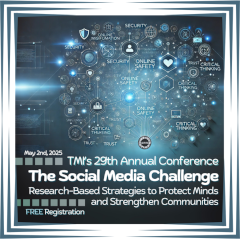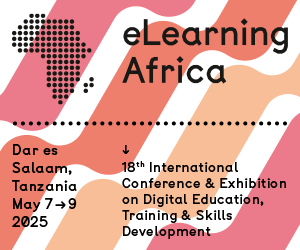Are Smartphones Useful For Vocabulary Learning?
Hong Kong (HK), June 2011 - Hong Kong is at the leading edge of smartphone penetration: 58% ownership compared to North America's 41%, according to recent reports. Neil Ballantyne is based in Hong Kong, where he is the Mobile Learning Manager for the British Council. The following are some of his insights regarding Hong Kong's learning market.
With Hong Kong trying to position itself as "Asia's World City", language learning is a common pastime. Despite Hong Kong's only having a population of seven million, it is one of the largest consumers of language-learning apps in the world. In fact, Hong Kong is comparable in this respect to the whole of Thailand or Saudi Arabia -” the other large markets for mobile language-learning applications.
When learning a language, vocabulary is perhaps the most important element for learners to acquire. Without an adequate vocabulary, it is difficult to convey precise meaning, and most learners acknowledge this. Teachers, however, often leave this responsibility to the student, and most vocabulary learning takes place outside the classroom. Mobile learning provides a wonderful opportunity for learners in this respect.
The key advantages of mobile-phone technologies are well documented and include the possibilities to learn anywhere and anytime, to transcend the barriers of a classroom, and to have access to an "always-on" device. Mobile phones provide an efficient use of waiting time for spontaneous learning activities. These aspects of mobile learning encourage high-level learning, as the users are able to apply the information right away -” something particularly useful for language learning, where repetition and use are key to long-term retention.
To find out more about how language learners use and perceive mobile phones for education, Neil Ballantyne carried out a small-scale case study with learners of English in Hong Kong. As the case study progressed, it became clear that language learning was taking place aided by the tools afforded by the phones. The opportunity to have some language-specific apps in a device that is always carried around was not lost on the participants.
However, it was not just the obvious referential tools that provided learning opportunities and specific language-learning tools; there were strong links between learning and social networking tools, as well as incidental learning through other non-language-specific apps.










